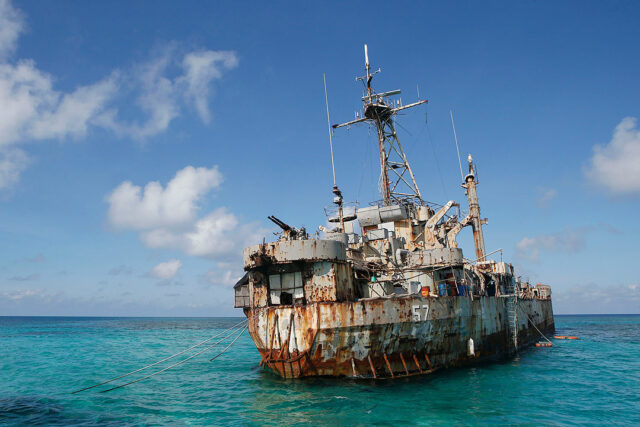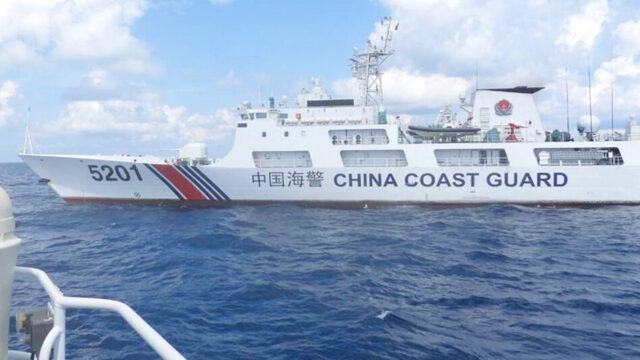Philippine exports in 2023 well below target at $103.6B
TOTAL EXPORTS, including services and goods, grew 4.8% in 2023 to $103.6 billion, below the target set for the year, according to the Department of Trade and Industry (DTI)’s Export Marketing Bureau.
The full-year performance failed to hit the 5% growth target set by the DTI last year and is well below the $126.8-billion goal laid down in the Philippine Export Development Plan (PEDP) 2023-2028.
In a statement on Monday, the DTI said services exports drove the gains. The segment increased 17.4% to $48.29 billion, it said, according to preliminary data from the Bangko Sentral ng Pilipinas (BSP).
“Travel services contributed nearly 70% of the incremental services export receipts in 2023, followed by other business services. Growth was also driven by sectors including telecommunications, computer and information services, and transport services,” the DTI said.
Exports by the travel services sector more than doubled to $9.11 billion in 2023, while other business services exports totaled $23.29 billion, up 8.6%.
Meanwhile, the telecommunications, computer, and information sectors accounted for $7.1 billion of total exports in 2023, up 6.4%.
Transport exports totaled $3.04 in 2023, up 13.1%.
The DTI said that goods exports faced challenges as electronics declined 3.4% or $955 million.
BSP Balance of Payments data indicate that goods exports totaled $55.32 billion in 2023, down 4.1%.
“This decline highlights the importance of diversifying export portfolios and enhancing competitiveness in key sectors,” the DTI said.
Aside from electronics, the DTI said that exports of coconut, other agro-based, other mineral, and petroleum products, also declined in 2023, while fruits and vegetables exports increased.
“Overall contribution of exports to economic growth was dampened by weak external demand in the goods sector. In 2023, total exports accounted for 27% of the country’s GDP (gross domestic product),” the DTI added.
The DTI said it will be pursuing more initiatives to strengthen the services sector and address challenges in exporting goods.
“These efforts include expanding the services industry’s reach by entering new markets and strengthening existing ones, as outlined in the PEDP 2023-2028,” the DTI said.
In particular, the DTI said it continues to address issues related to value-added tax and green lane treatment for Philippine exports.
The DTI also plans to conduct briefings on export market opportunities and regulatory updates while leveraging technology and digital services to enhance exports.
“The path to global excellence and export growth requires shared ambition, where the government and the private sector must intensify and sustain collaboration,” Trade Secretary Alfredo E. Pascual said.
Late last year, the DTI cited the need to revisit the PEDP targets due to the volatile international trading environment. — Justine Irish D. Tabile




![Data_security_05-[Converted]](https://www.bworldonline.com/wp-content/uploads/2022/01/Data_security_05-Converted-640x427.jpg)







